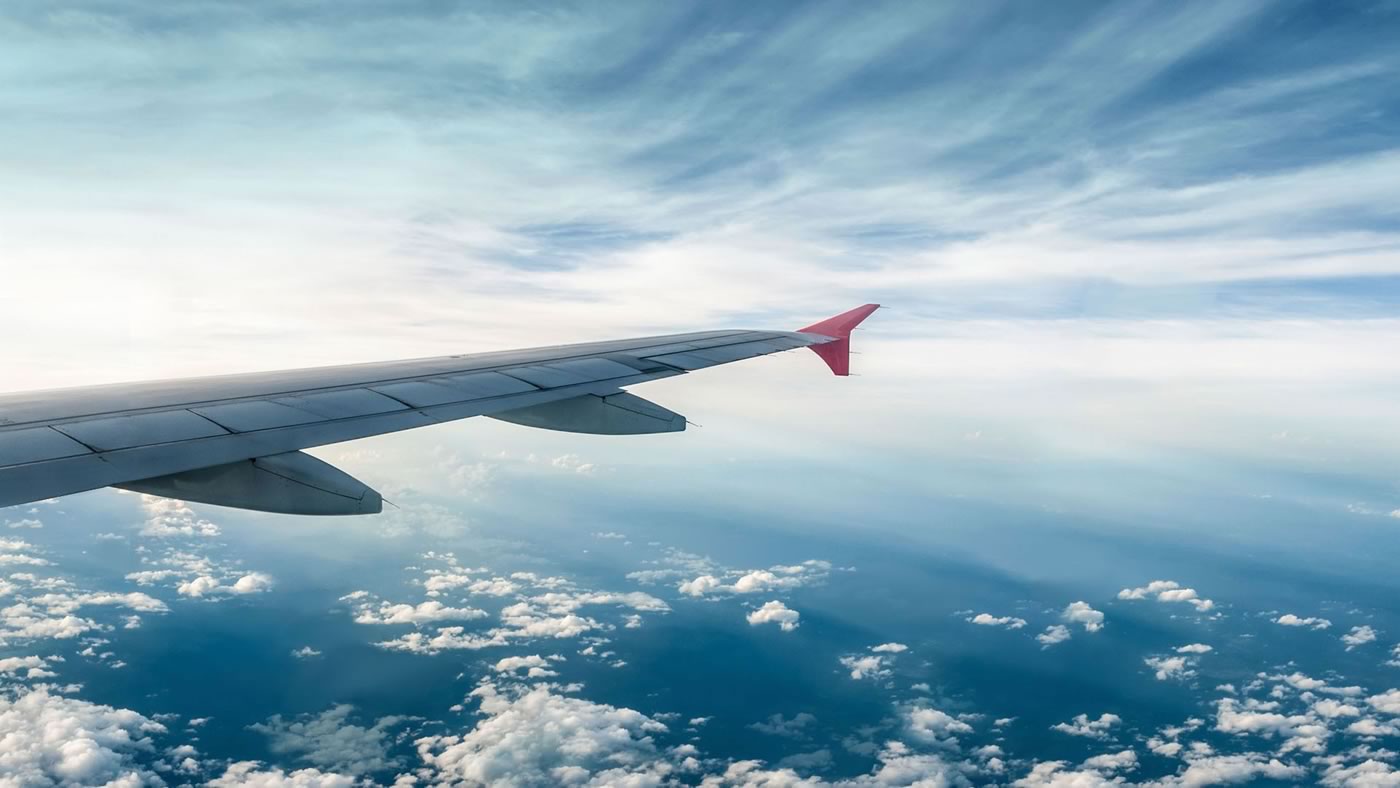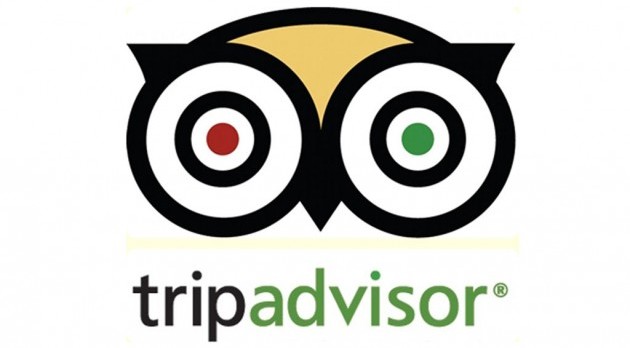TripAdvisor
Trivago is now a public company and in the lime light, especially since TripAdvisor goes through a strategic change. We must step back for a short time to observe the underlying themes in the category:
1. hotel metasearch becomes a bigger player in OTA (online travel agency) ad spend
2. the category sees a healthy growth profile thanks to the OTA ad budgets increasing, and to the increased part played by hotel metasearch
3. Trivago (ticker: TRVG, and rated at buy) left TripAdvisor (TRIP and rated at Neutral) behind, in the category. Specialists wonder how much margin is TripAdvisor willing to sacrifice to make up for the loss of OTA ad budget share.
Last year two other companies, Expedia (EXPE) and Priceline Group (PCLN) allocated $5.8 billion for advertising, and 23% ($1.3 billion) of that sum was deployed on both TripAdvisor and Trivago. The spending of these 2 OTAs amounted to 85% of the hotel metasearch revenue from both – this figure excluded their ancillary revenue. Hotel search platforms draw their revenue from the spend of OTAs and the hotel metasearch as an ad channel.
We estimated that the combined ad spend of Expedia and Priceline should go up in 2017, about 16%. We also see the wallet share of hotel metasearch gaining approx. 160 points. Even though this channel has a low investment return for the OTA, it provides an important intent traffic, and this can lead to the 20% room-night growth – the target of both sites. In turn, this will result in an increased hotel metasearch revenue, of up to 25% or even 30% for the year when compared to the approx 16% OTA revenue growth. If the OTA margins compress, then the hotel metasearch channel grows faster.
In 2016 TripAdisor earned more than Trivago: $1.48 billion compared to just $837 million, however the later is a bigger hotel metasearch in the niche as it earned $827 million while the former could only count $750 million. The second quarter of 2016 saw TRivago and TripAdvisor as equals as both had about 11% of OTA budget. In the first quarter of 2017, Trivago’s shares increased to almost 15%, while the other remained at 11%. Trivago earns hotel shoppers at a faster rate than TripAdvisor. At the same time OTAs also try to maintain a fast hotel shoppers growth, something TripAdvisor can’t provide as theirs is slow.
In 2017, TripAdvisor tries to fix this problem by redesigning their site with a special focus on hotel price discovery. This feature appeals to later-stage travelers who are more likely to buy. All of this is backed by about a $70 to $80 million TV ad campaign. However, it is estimated Trivago will spend at least $400 million this year and about $500 million in 2018. It is still unclear how much margin is TripAdvisor willing to let go of the next year, to make up for the OTA ad budget share. Should we assume that TripAdvisor will spend just as much as Trigavo, considering a return of approx. 90%, would mean earnings of a number short of $300 million – before interest, taxes, depreciati0n and amortization, and a margin of about 13%.
1. hotel metasearch becomes a bigger player in OTA (online travel agency) ad spend
2. the category sees a healthy growth profile thanks to the OTA ad budgets increasing, and to the increased part played by hotel metasearch
3. Trivago (ticker: TRVG, and rated at buy) left TripAdvisor (TRIP and rated at Neutral) behind, in the category. Specialists wonder how much margin is TripAdvisor willing to sacrifice to make up for the loss of OTA ad budget share.
Last year two other companies, Expedia (EXPE) and Priceline Group (PCLN) allocated $5.8 billion for advertising, and 23% ($1.3 billion) of that sum was deployed on both TripAdvisor and Trivago. The spending of these 2 OTAs amounted to 85% of the hotel metasearch revenue from both – this figure excluded their ancillary revenue. Hotel search platforms draw their revenue from the spend of OTAs and the hotel metasearch as an ad channel.
We estimated that the combined ad spend of Expedia and Priceline should go up in 2017, about 16%. We also see the wallet share of hotel metasearch gaining approx. 160 points. Even though this channel has a low investment return for the OTA, it provides an important intent traffic, and this can lead to the 20% room-night growth – the target of both sites. In turn, this will result in an increased hotel metasearch revenue, of up to 25% or even 30% for the year when compared to the approx 16% OTA revenue growth. If the OTA margins compress, then the hotel metasearch channel grows faster.
In 2016 TripAdisor earned more than Trivago: $1.48 billion compared to just $837 million, however the later is a bigger hotel metasearch in the niche as it earned $827 million while the former could only count $750 million. The second quarter of 2016 saw TRivago and TripAdvisor as equals as both had about 11% of OTA budget. In the first quarter of 2017, Trivago’s shares increased to almost 15%, while the other remained at 11%. Trivago earns hotel shoppers at a faster rate than TripAdvisor. At the same time OTAs also try to maintain a fast hotel shoppers growth, something TripAdvisor can’t provide as theirs is slow.
In 2017, TripAdvisor tries to fix this problem by redesigning their site with a special focus on hotel price discovery. This feature appeals to later-stage travelers who are more likely to buy. All of this is backed by about a $70 to $80 million TV ad campaign. However, it is estimated Trivago will spend at least $400 million this year and about $500 million in 2018. It is still unclear how much margin is TripAdvisor willing to let go of the next year, to make up for the OTA ad budget share. Should we assume that TripAdvisor will spend just as much as Trigavo, considering a return of approx. 90%, would mean earnings of a number short of $300 million – before interest, taxes, depreciati0n and amortization, and a margin of about 13%.



Recent Comments